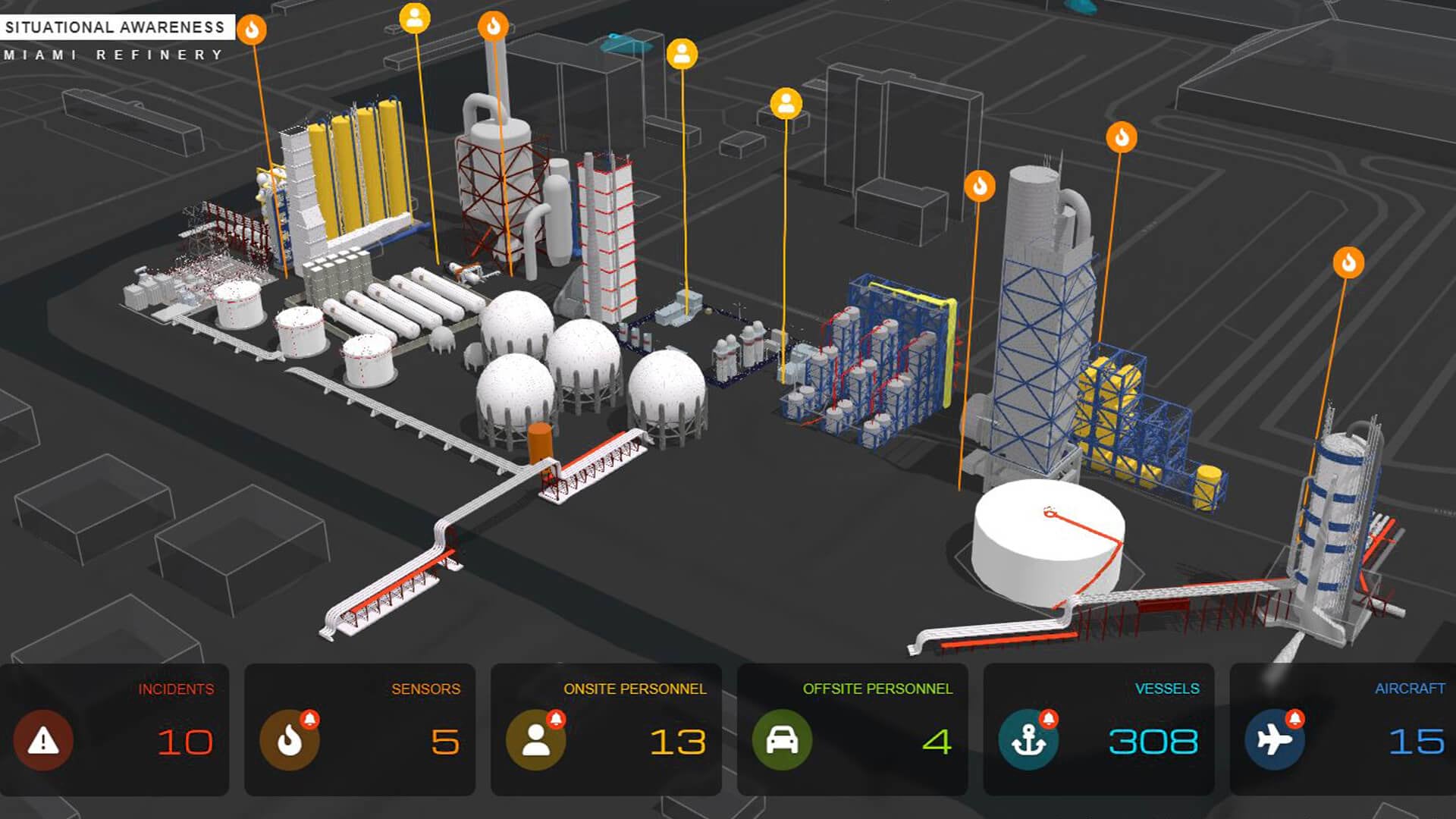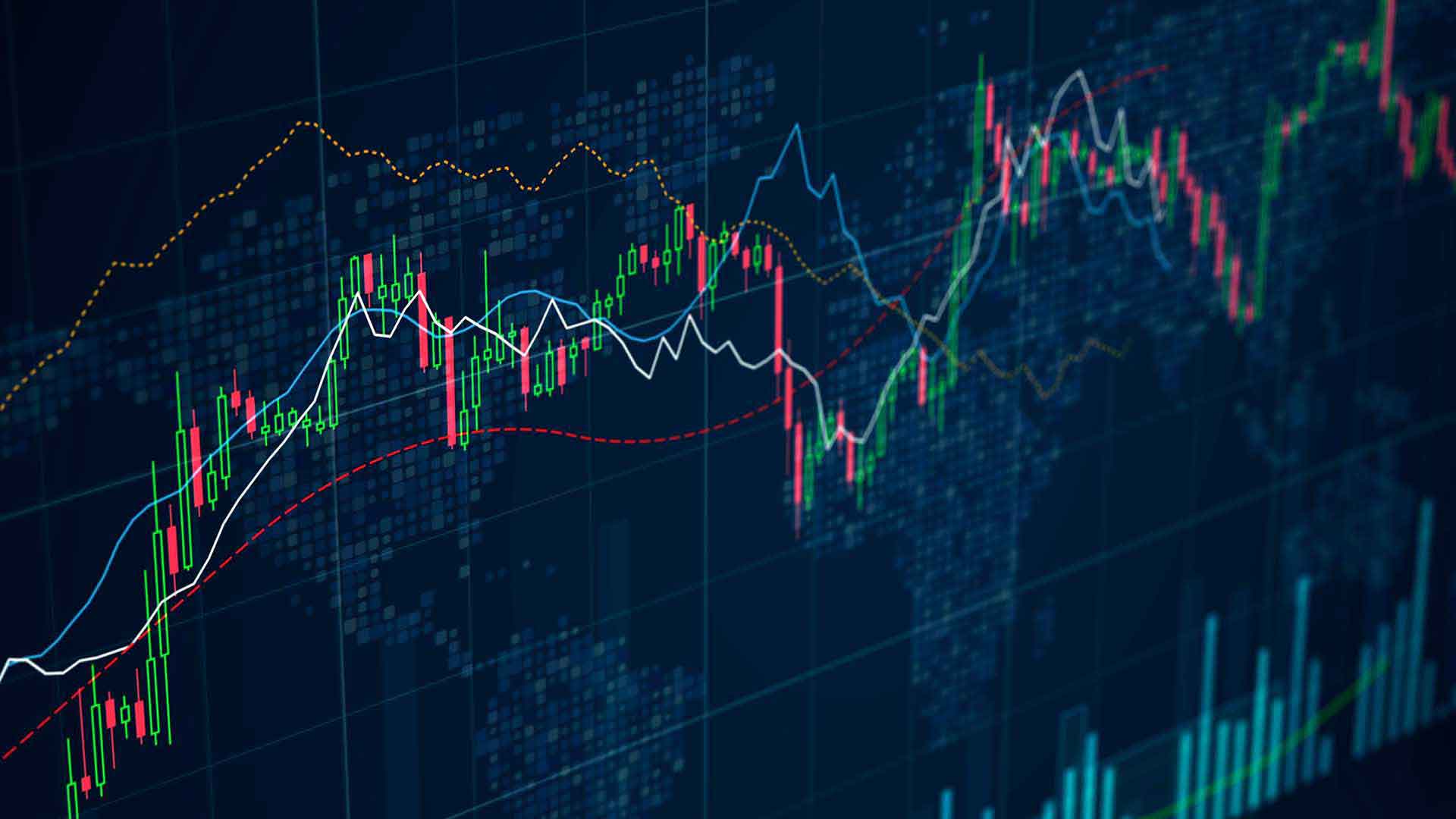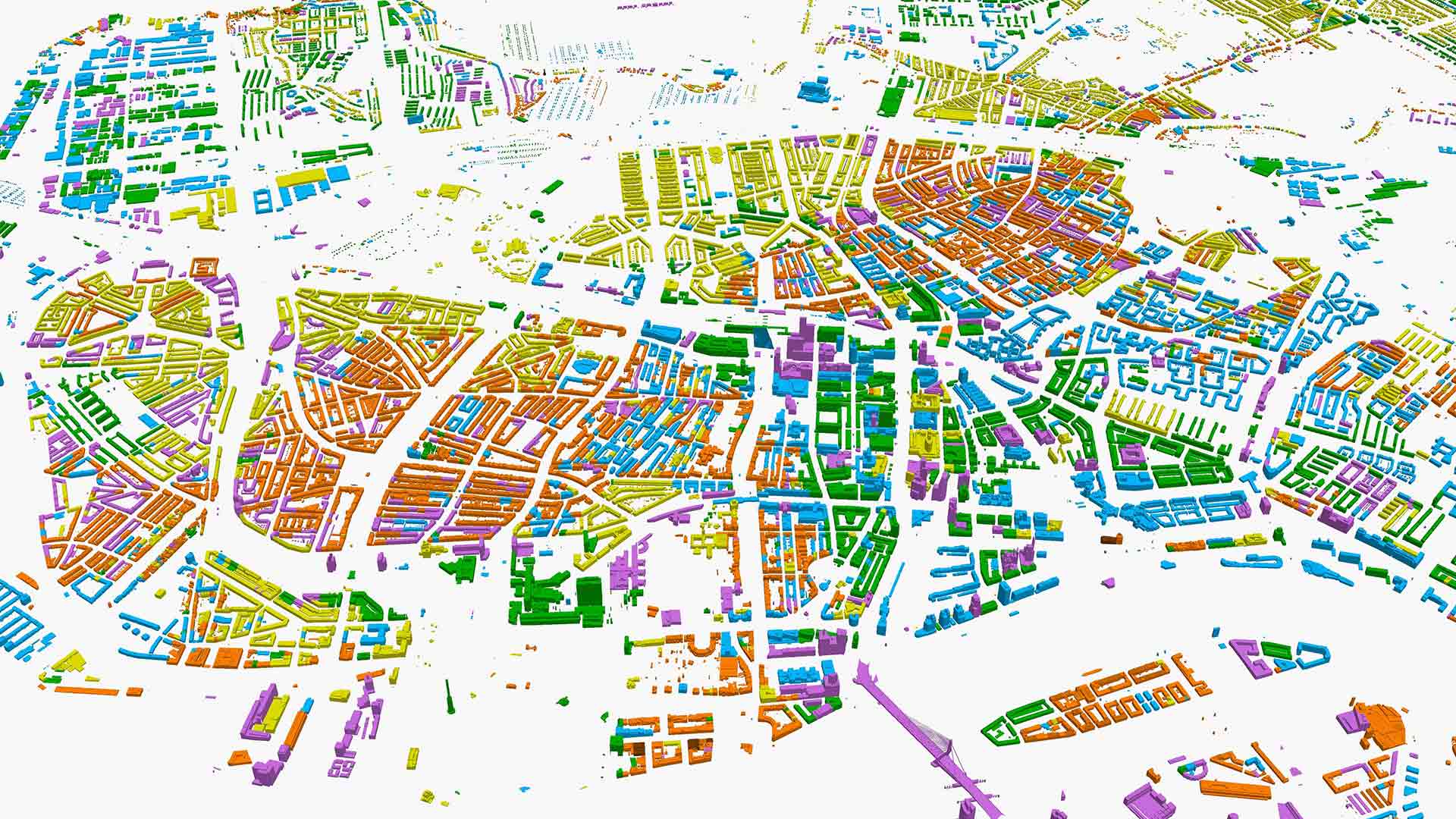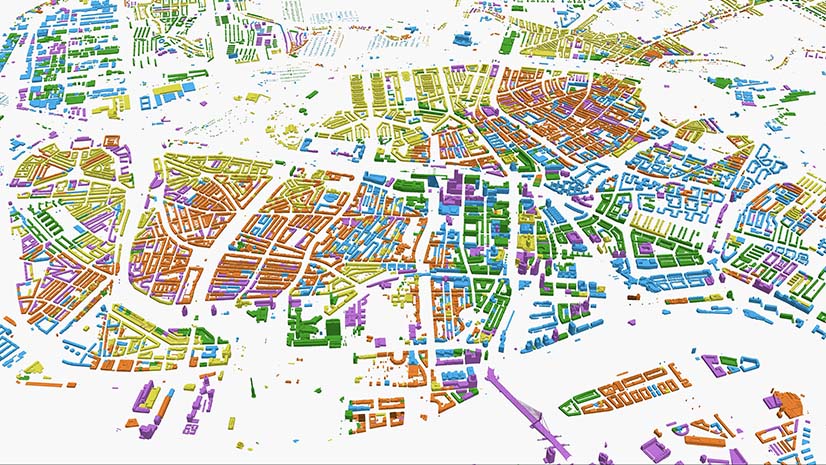Beneath the din surrounding Apple’s recent iPhone update was a comparatively quiet piece of news. Later this year, the iPhone 15 Pro and Pro Max will be able to record video in three dimensions, Mashable reported. Apple describes this as spatial video, a more dynamic version of the 2D moving images we’ve known since the silent-movie era.
It’s part of a larger movement toward spatial computing, which includes earbuds that deliver immersive audio and mixed reality headsets that situate users in virtual scenes. In each instance, the key ingredient is context: using inputs from the world around us—physical or virtual—to make sense of our place in a scene.
Business leaders are searching for their own form of spatial context. They want to understand the locations where they operate, the risks they face today and down the road, and how they can become more efficient and grow responsibly.
Some of the best-known companies in the world are adopting a spatial approach to these challenges.
The Rise of Spatial Thinking and Experiences
In its report, The Rise of Spatial Thinking, Deloitte notes that, more than ever, location is an important element in today’s business decisions.
Simple spatial awareness might mean knowing the location of technicians working on a cell tower as a storm approaches, or studying a dashboard of top-performing stores in the southeastern US.
But increasingly, it’s more complex—the kind of calculus only advanced analytics provides. For example, companies use spatial analysis to synchronize thousands of delivery routes and hundreds of trucks in real time—avoiding traffic, lowering carbon emissions, and meeting last-minute customer requests. They analyze aggregate consumer spending patterns in a large urban market to predict revenue from future business locations.
Spatial analysis is the turbine that drives these insights, and a geographic information system (GIS) is the geospatial engine behind it.
Jerry Johnston, coauthor of the Deloitte report, says companies can explore the output of geospatial technology—often referred to as location intelligence—to gain a competitive edge or improve operational efficiency. When used effectively, spatial analysis helps companies “make better decisions about where to put your assets, where to invest in new capabilities, where to find talent,” Johnston said on a recent podcast.
At Amazon, FedEx, and Marriott, GIS helps decision-makers choose where to grow the business, how to increase efficiency and accuracy in daily operations, and where to shore up assets against climate risk. These brands and others are using spatial thinking as a key component in growth, efficiency, and risk management.
(Hear directly from Amazon, FedEx, and Marriott about spatial thinking on this webcast.)
Spatial Clues to Success
Beginning in 2024, 3D videos shot on iPhones will become content for Apple’s Vision Pro headset, delivering augmented and virtual reality experiences to consumers and business users. The headset, similar to offerings from the likes of Meta and Sony, relies on sensors and tracking technology to situate users in a virtual or augmented reality.
That spatial context will help users make sense of the world they’ve entered. In much the same way, GIS gives business professionals the spatial awareness to spot long-term risks to the business, threats to daily operations, market opportunities they’ve overlooked, and smarter ways to move goods and people.
For individuals and organizations, understanding the intricate relationships that exist in a location is critical to succeeding there.
The Esri Brief
Trending insights from WhereNext and other leading publicationsTrending articles

December 5, 2024 |

July 25, 2023 |
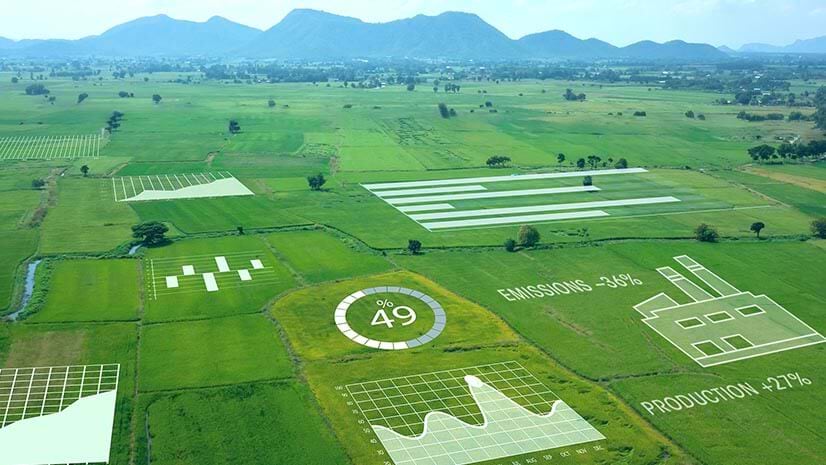
November 25, 2024 |
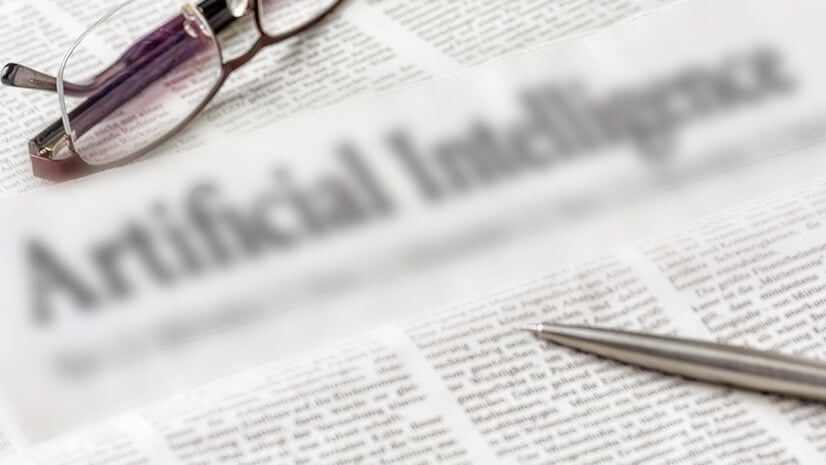
February 25, 2025 |

April 1, 2025 |

November 12, 2018 |
